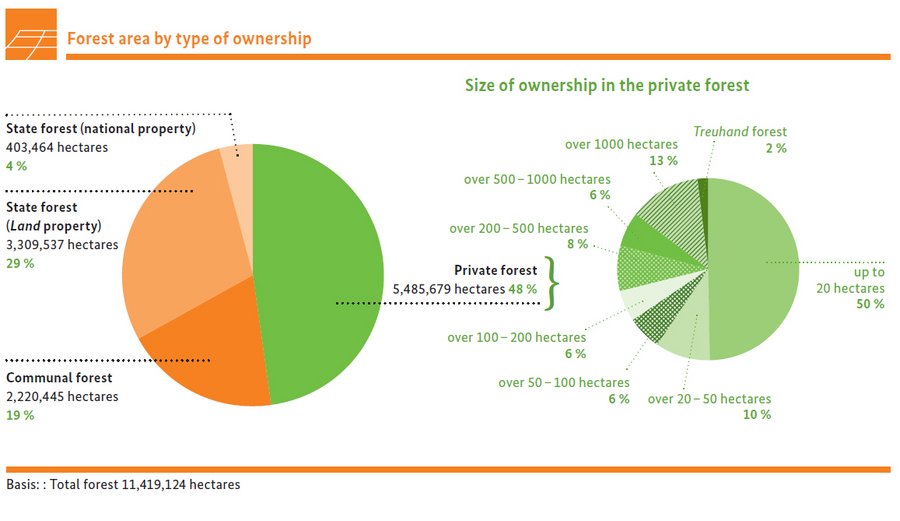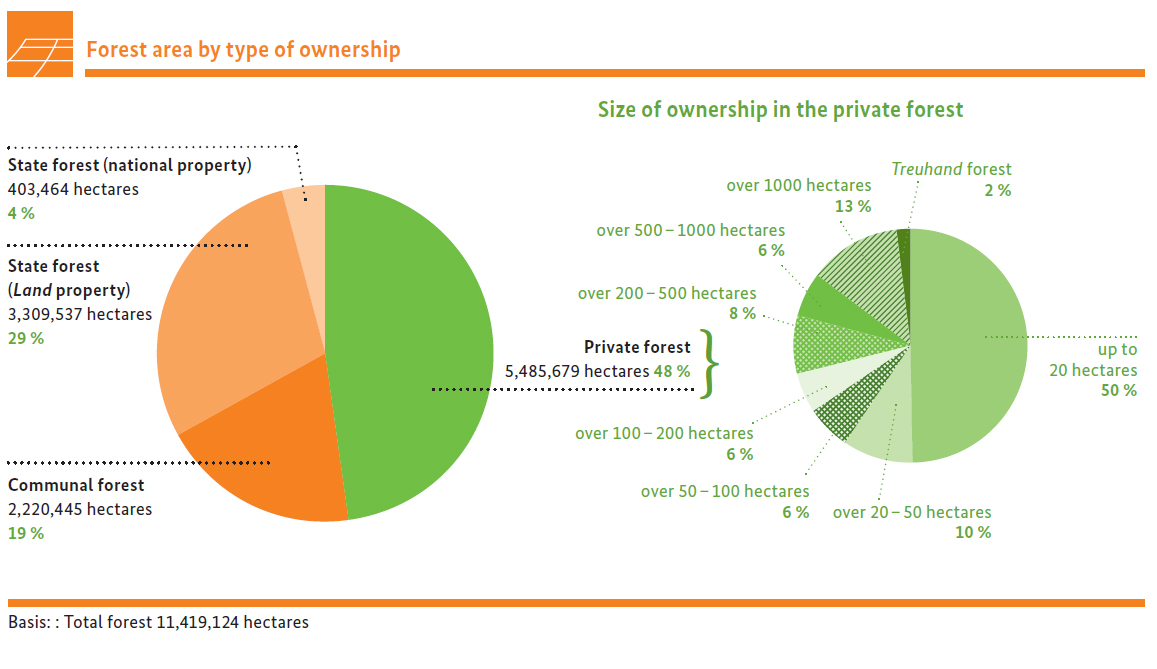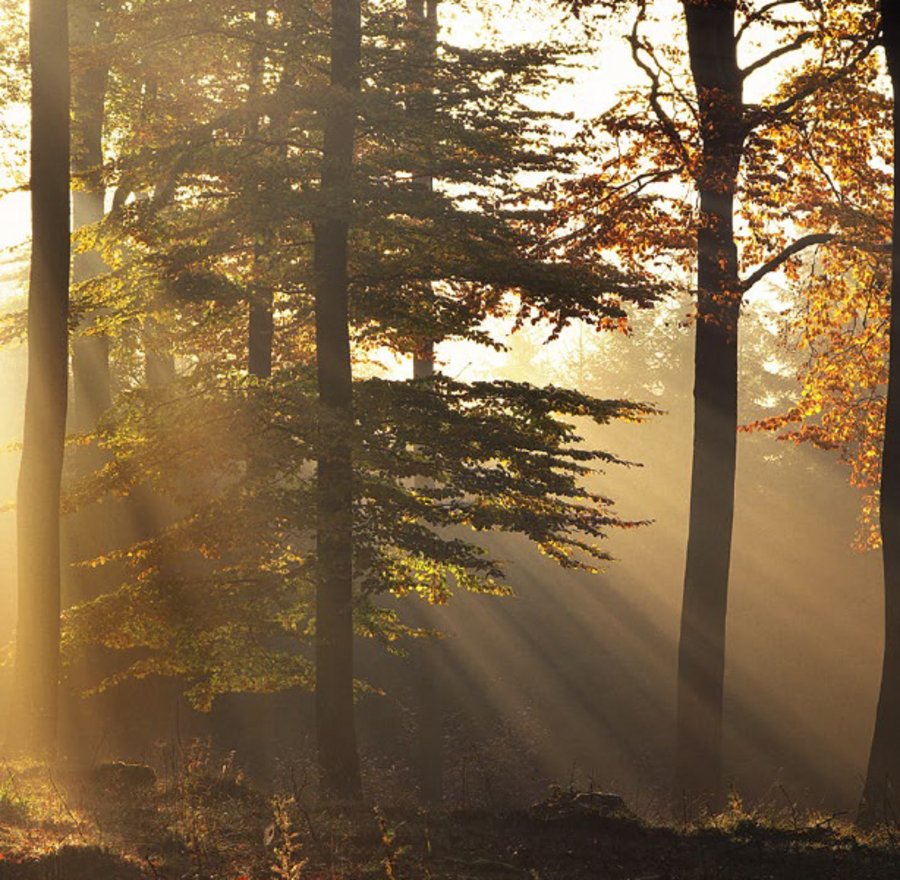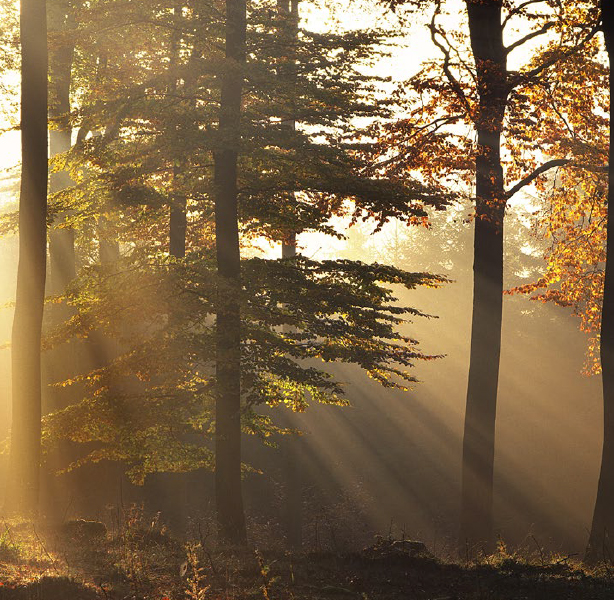Due to the large area owned by the small and smallest forest owners, their forestry consultation and supervision is an important field of forestry policy. The owners of small forest areas are often unfamiliar with the demands of sustainable forest management because of geographical distances, urban lifestyles or their vocations. In addition, the financial revenues from forest management are often negligibly small compared to the total income of the owners. In addition to questions about the use of the renewable resource timber, other aspects that necessitate special attention and support of small private forests by the Federal government and Länder with a view to the social benefits of the forests in future include forest tending, adapting to climate change, control of biotic damages, but also forest nature conservation and biodiversity.
The diversity of forest owners leads to different objectives in the treatment of the forests. Therefore, the forests differ in some parameters such as tree species composition, timber stock or utilization.
Is access to private forests permitted?



